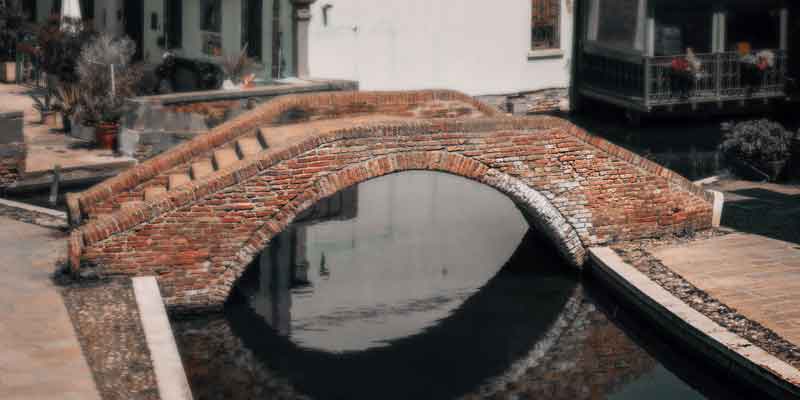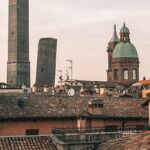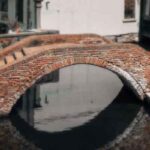This year the decision is to visit one city or some smaller place in the county where I live, every week.
Comacchio seemed like a great destination to me at this time. There aren’t many tourists so I can avoid the crowds.
This town is also called “little Venice” because it resembles Venice, but it is small.
It is very charming, calm, and full of elderly people who gather on the road, sit and talk. The long canals that run through the city are beautiful, there is a bunch of small bars on the main canal. My friend and I had breakfast there as well. Morning coffee with a view 😊
At the place where we had breakfast, next to the Ponte degli Sbirri, one man was carrying a huge plastic box, it was full of crabs. I’ve never seen crabs like that before. Huge with blue coloured parts of the shell. The man told us that their numbers are growing, and that they eat everything, but he says that the pasta they prepare with these crabs is more than good. In the last few years, these crabs have become quite invasive, and the man said that they came from the area of Greece.
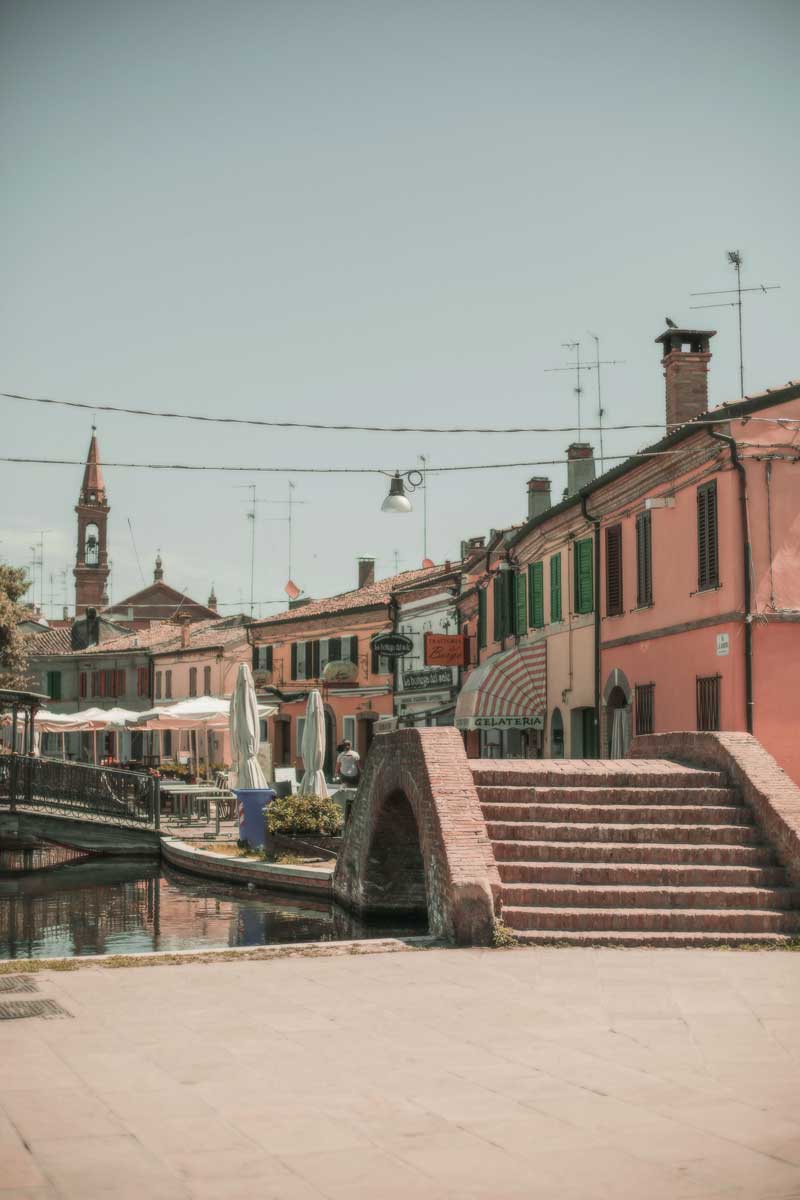

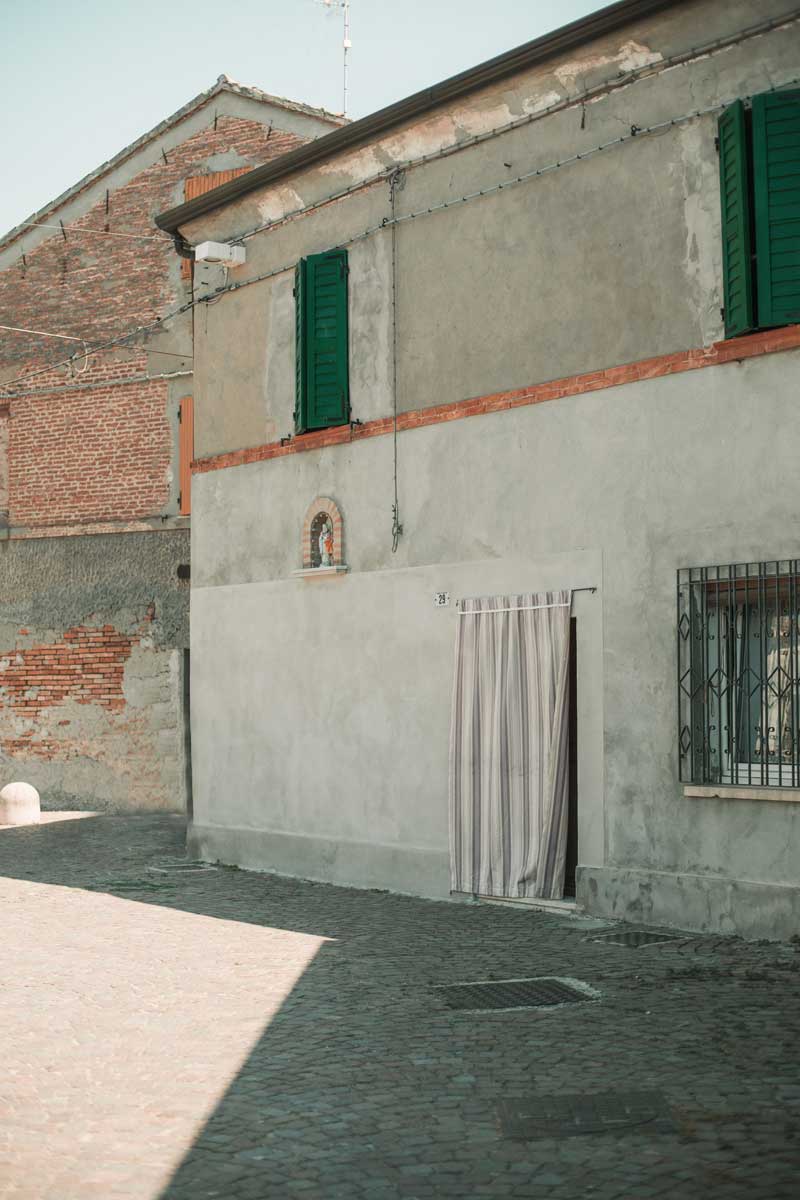
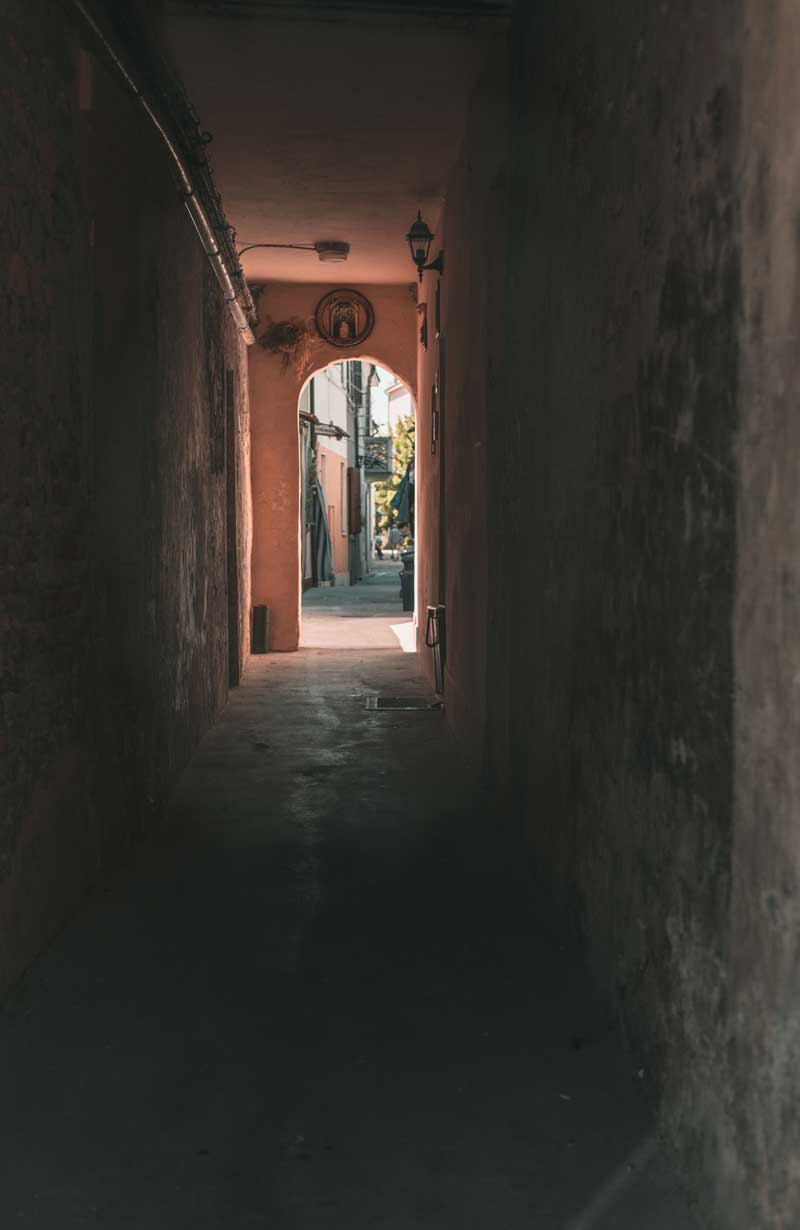
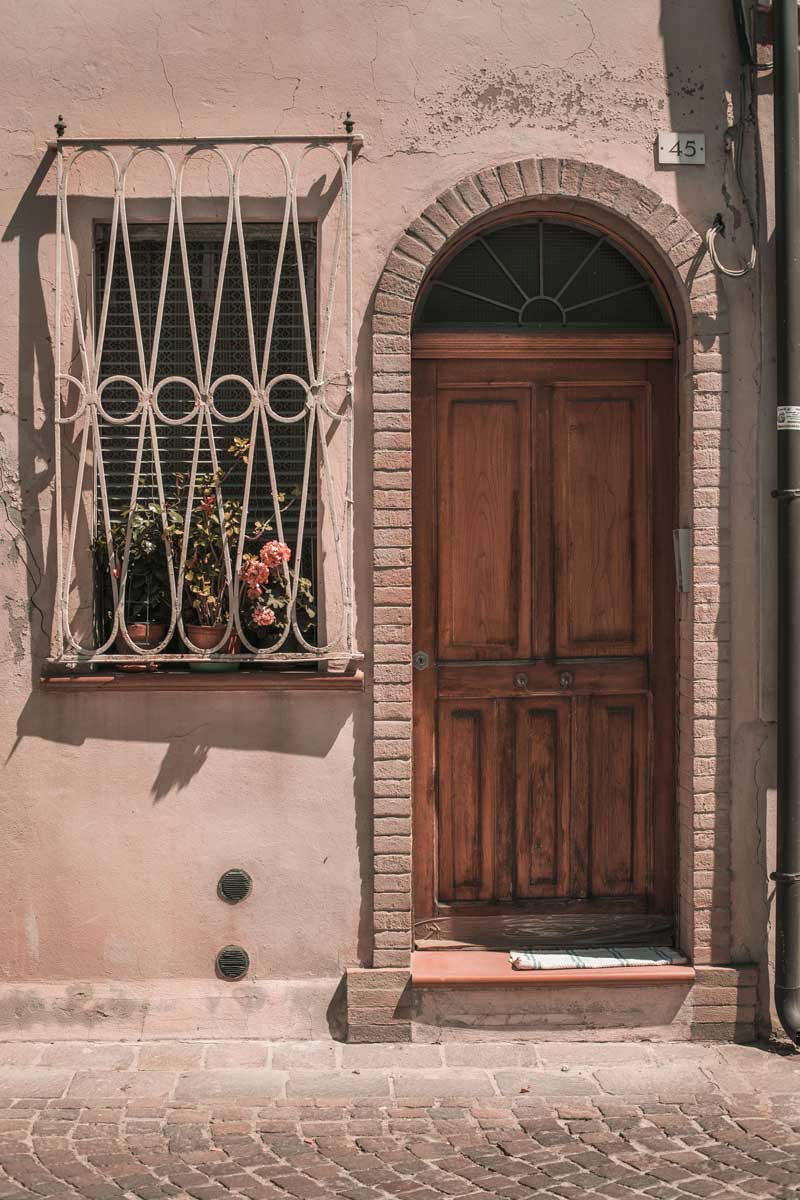
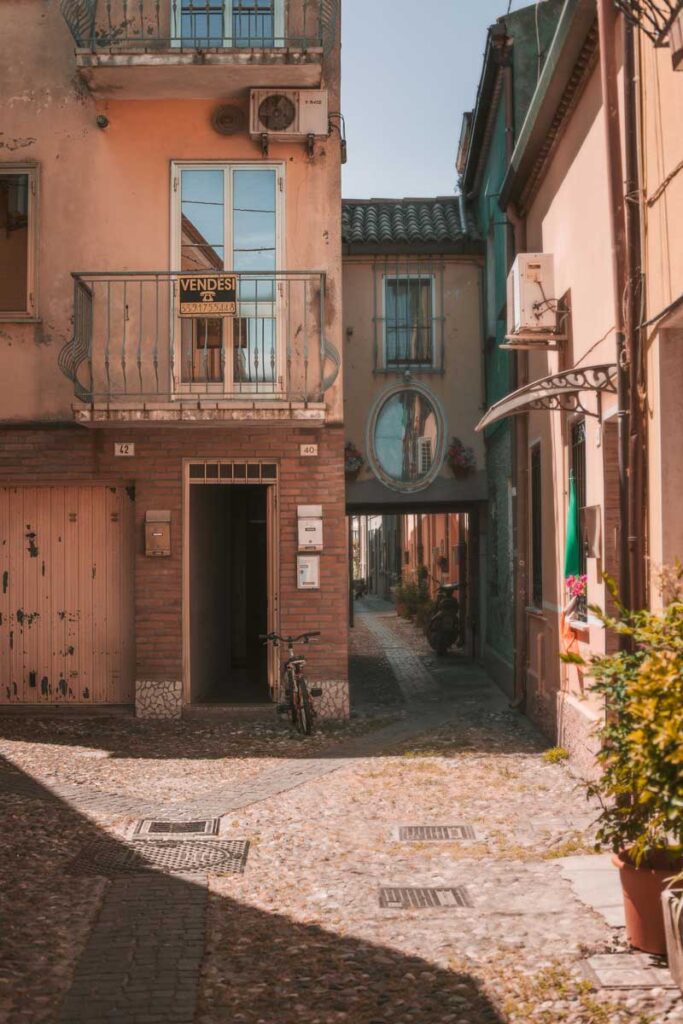

Comacchio is known for eels and anchovies. It is a city by the sea through which a river passes. Well, eels live s in these places where fresh and saltwater meet. The eels are caught every day and they can be found on the menu in every restaurant. You will even be able to see eel-shaped bread in various shop windows: D
We visited Ponte degli Sbirri, a bridge built between 1631-1635, the architect Luca Danese di Ravenna made the project.
Nearby was this largest and the most graceful Trepponti or Ponte Pallota – which was also designed by the same architect.
It is wonderful to just walk the streets and enjoy the beauties of this town. We even found a street that looks like any normal street, but it’s not really, so every door in the street is a passage for somewhere else – and it’s not a yard but a passage to the next street. It seems like a maze. Interesting!
The houses are small, and they are painted different colours. It seems to me that mostly older people live here because we came across them the most, we would recognize them by the dialect of the area.
We also came to the cathedral dedicated to San Cassiano, the patron saint of the city. The cathedral is on the (square) piazza of the XX September. The present cathedral was built on an old Romanesque cathedral built in 708 and destroyed in 1694. Architect Angelo Cerruti designed today’s cathedral. The facade of the cathedral is in brick with details of Istrian stone. The cathedral consists of one nave with many chapels. Here we can find paintings by Biago Bovi from the 18th century who was part of a painting school from Bologna called the Carraci school.
Outside the cathedral there is a bell made by G. Fossati in 1751. It has been restored several times


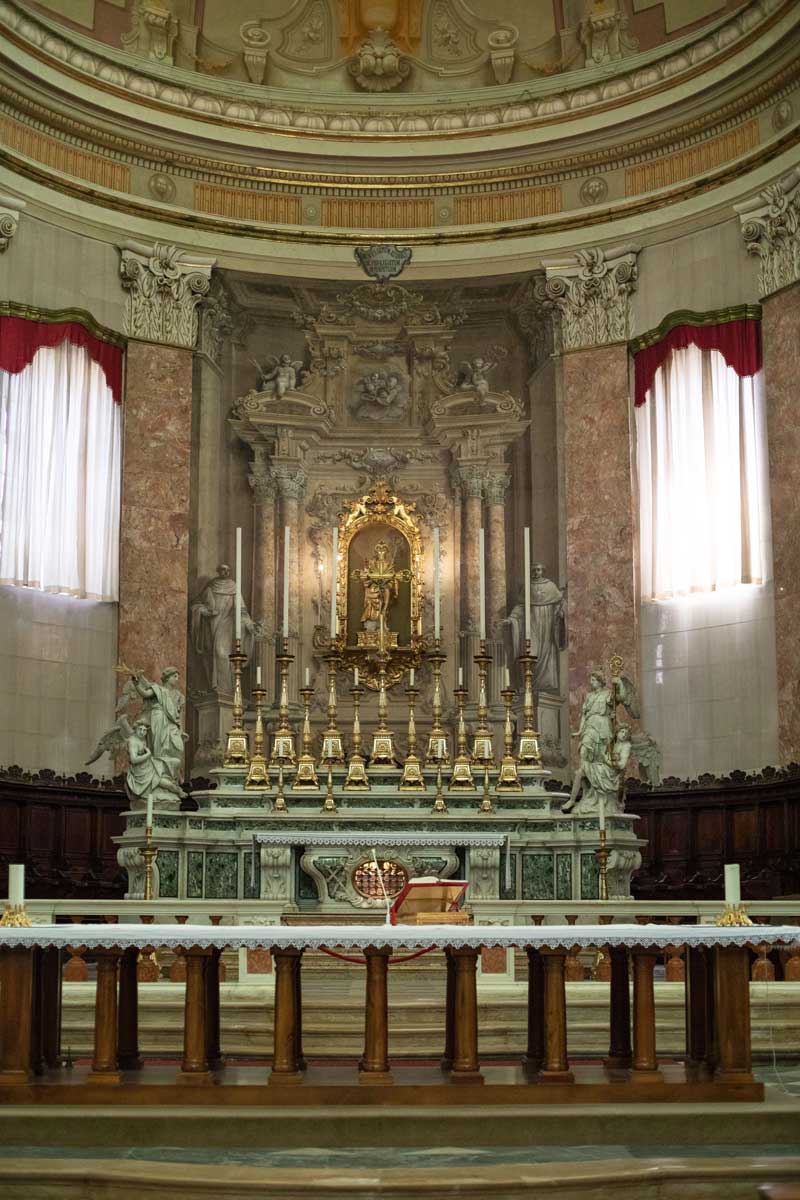
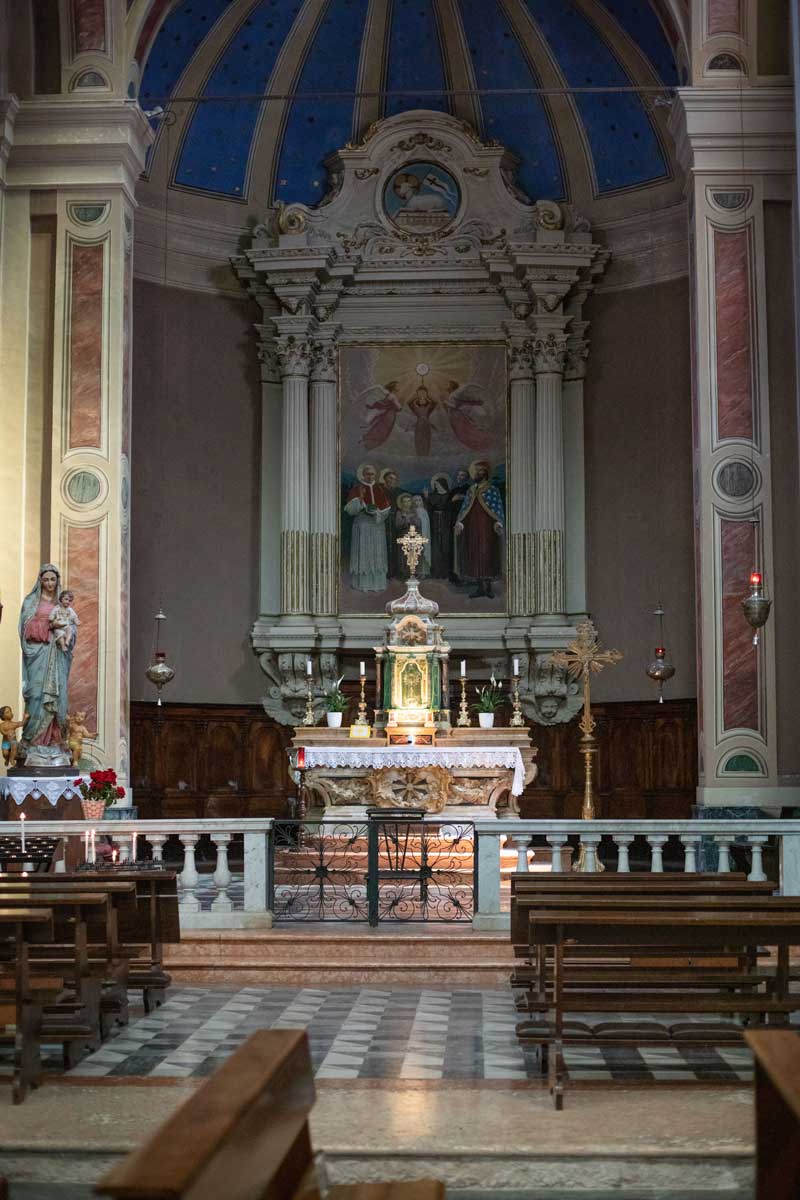
After seeing, the entire town, we got in the car again and headed to Saline di Comacchio. It is approximately ten kilometres from the city. Unfortunately, the entrance was closed but I believe that a tour of it can be booked.
Luckily, we got to see flamingos playing in the water. There were about fifteen of them!
The last stop of our little road trip is Abbazia di Pomposa. Entrance fee to this beautiful building is five euros per person.
So, a bit of a background to the buildings that exist here today:
The abbey dates from 6th or 7th Century, when a Benedictine settlement was built on Insula Pomposia, a wooded island surrounded by two branches of the river and protected by the sea. After the year 1000, the season of greatest splendour began and it became a successful convent centre dedicated to life in prayer and work, whose wealth was associated with the figure of the Abbot of San Guido. The Pomposian convent received celebrities of the time, including Guido d’Arezzo, a monk inventor of musical records based on a seven-note system. Those who love ancient art should not miss the opportunity to go to the Basilica of Santa Maria and admire one of the most precious fresco-cycles in the entire province of Giotto, inspiration and a beautiful mosaic floor inlaid with precious marble laid between VI and XII centuries.
On the side of the church there is a bell tower forty-eight meters high, erected in 1063 and designed by the architect Deusdedit. It is divided into nine modules, each of which, from bottom to top, has larger and more numerous windows. The red and yellow brick face retains rare inlays taken from ceramic pools from various Mediterranean countries.
The cloister leads to the fort, frescoed in the 14th century with the Crucifixion, portraits of San Benedetto and San Guido, the Abbot Pompose. In the nearby Sala del Refettorio, there are three well-preserved frescoes which depict, on the left side, Last Supper, Christ enthroned with the Virgin, St. John the Baptist and Saints Benedict and Guido, and on the right the Miracle of San Guido, in which the Blessed Abbot turns water into wine. The presence of the Archbishop of Ravenna Gebeard.
The Pomposian Museum is in the former monastery residence, above the fort. In it you can see parts of restoration and excavation works inscriptions, marbles, rare stucco, suitable for the primitive furnishing of the church and archaeological finds of various kinds, as well as separate frescoes. These findings made significant contribution to the insight into the distinct phases of the construction of the Church, built in the VII-VIII century to look like the type of basilica of the Ravenna model.
The abbey church, with a richly decorated terracotta and marble porch, was built between the VIII and IX centuries and has the appearance of a late-Ravenna-type Basilica. The interior is divided into three naves with two rows of pillars in the Ravenna-Byzantine style, superimposed by complex capitals. It has valuable covered mosaics from different periods and styles. There are parts decorated with geometric elements, others with concentric circles, still others with phytomorphic elements and animal figures. In the vault of the apse there is a fresco of Christ in glory surrounded by angels, saints and the Virgin, the work of Vitale da Bologna from 1351. The last judgement is presented on the inner wall of the facade.
Comacchio and Pomposa are worth a visit. They seem in these times, as if they are a little forgotten by people, but that makes them even more special!
